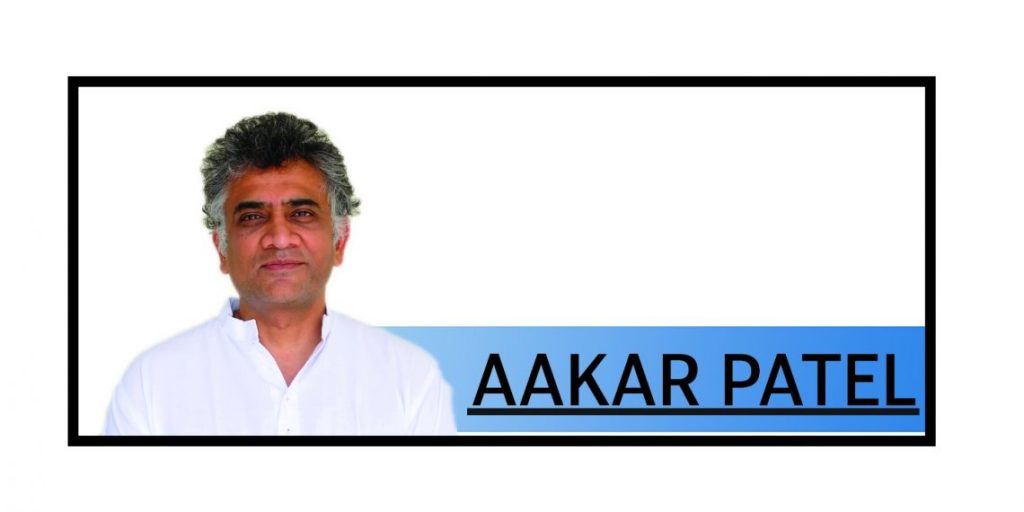What are the problems affecting those countries that made up pre-1947 India? There appear to be three important ones which are common to all three large South Asian nations. The first is poverty and insufficient economic growth. The second is an inward-facing nationalism that is aimed at each nation’s own minorities. The third is the tension between over-centralised States with vast regional disparities.
The first problem is clear to anyone who is familiar with the region. The per person national income or GDP of India in 2020 was $1933, of Bangladesh $2270 and of Pakistan $1501. We should ignore the seasonal headlines that have marched us into superpower status. Each South Asian nation is only marginally ahead of or behind the other and nowhere close to Asian nations such as Korea ($34000 in 2020), Japan ($39000) or even China ($10408). Any signalling about “fastest-growing economy” when it comes to India must be placed in this reality. In the long term we are not replicating what the other Asian economies have done at the same pace and we are in fact more or less in the same place as our neighbours.
Read Also: Directionless Drift
The second problem is again obvious to anyone who either lives in our parts or studies the area from the outside. It is remarkable how many scholars of India in the West have written recent books on the decline of secularism and pluralism here and how it has damaged us as a nation and will continue to do so in future. The same can be said of Pakistan and also about Bangladesh. Far too much national energy is expended on the persecution of minorities.
Energy in terms of legislation, the media, the justice system and popular politics. And this is negative energy at that — meaning it is not productive and does not contribute to the nation except to take the focus away from important things. There is no point in repeating here what has been written and read and seen and heard a million times before. If one is unwilling to accept that this is today happening in India as much as it is in our neighbours there is little point in trying to convince such a person.
The third issue is less discussed and less understood, even by experts both inside India and outside. Perhaps one reason is that issue is for the moment in suspension till the census and the delimitation process are concluded. Apart than the reallocation of seats based on population, the other thing that the process will throw up is the sense of disempowerment felt by states.
Read Also: Rights & Restrictions
In July 2023, the Ministry of Statistics & Programme Implementation put out state-wise data on per-person annual GDP at current prices. The southern states did better here with Andhra Pradesh (Rs 2.19 lakh), Kerala (Rs 2.28 lakh), Tamil Nadu (Rs 2.73 lakh), Karnataka (Rs 3.01 lakh) and Telangana (Rs 3.08 lakh) all above the national average. This can be compared with Bihar (Rs 49,000), Uttar Pradesh (Rs 70,000) and Madhya Pradesh (Rs 1.4 lakh).
A January 2024 paper by Bank of Baroda titled “State wise GST collections has variation” showed that the April-December 2023 collections for Uttar Pradesh (Rs 85,000 crore), Madhya Pradesh (Rs 34,993 crore) and Bihar (Rs 16,298 crore) were together just about the same as Karnataka (Rs 1.17 lakh crore).
Other than this wide and widening gap in income and contribution, there are other differences that are being emphasised in time. Resource allocation is one, and it is natural one to come up because distribution cannot follow the same pattern if India is to eliminate poverty and inequality.
Read Also: Engage Responsibly
States that contribute more per person to the national exchequer will get less per person so long as the disparity exists. Another difference is in terms of response to the second problem, of inward-facing nationalisms or, to put it in another way, of majoritarian politics. The south is less interested in this than the north. Though it is true that anti-minority politics has become more popular everywhere in India, including the south, some essential differences remain because on many issues southern focus is elsewhere.
In February 2022, the Ministry of Health and Family Welfare published the status of the infant mortality rate and maternal mortality rate in India. For every 1000 births, Kerala lost 6 infants and Karnataka 21. In Madhya Pradesh it was 46 and in Uttar Pradesh 41. The maternal mortality rate was 2 in Kerala and 17 in Uttar Pradesh. These are of course government figures and nobody disputes them. The differences are real.
The same problems affect Pakistan, which has enormous regional disparities of the sort that India has. Balochistan’s per person GDP is less than half of its neighbour Sindh’s. Punjab, a single province, has more than half the total national population. To address the imbalances, Pakistan will have to figure out something just as India and Bangladesh will have to. Despite this, it is strange that our region remains divided and one of the least integrated parts of the world.
Read Also: New Hope
Each country here seems to think its problems are unique and it will produce some special solution that will ignore what is happening around it. The lessons of the Association of South East Asian Nations, which all have had nasty histories with each other but are economically integrated today, or of the European Union, hold little value for us. So what are the possible ways in which our region can address all of its three problems? I have something more to say about this in this column over the next few weeks.
